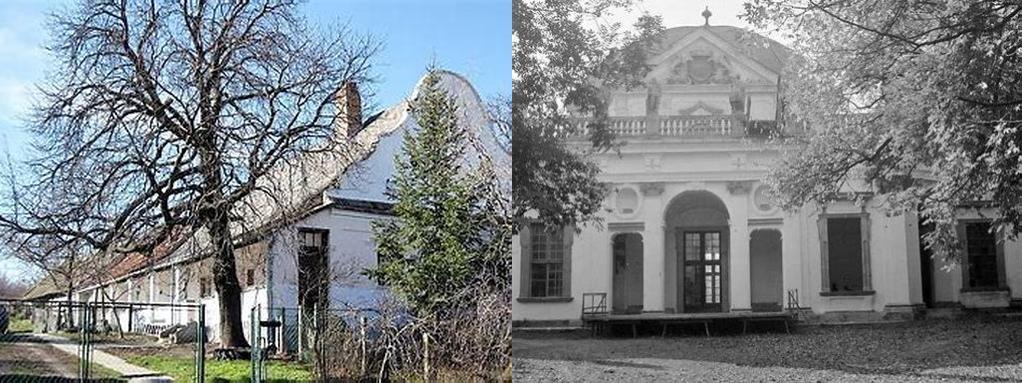
If you find yourself wandering through the slower lanes of northwestern Hungary, a curious spot awaits in the small village of Kerékteleki: the dignified and quietly enchanting Madarász-kúria (the Madarász Mansion). At first glance, it’s easy to pass by this stately building—Kerékteleki itself is pretty modest, the kind of village that barely warrants a mention in guidebooks. But it would be a shame to overlook the mansion’s calm beauty and the steady historical pulse that has been beating there since the mid-19th century.
Originally built around 1860 by the influential Madarász family, whose members were once prominent local landowners and contributors to the region’s agricultural development, this manor house is a lesson in rural Hungarian nobility. Surrounded by mature trees and sitting slightly elevated from the main road, the mansion manages to evoke a sense of faded aristocratic grandeur without feeling aloof or out of place. Unlike the sprawling castles and extravagant palaces of Western Europe, the Madarász Mansion is a more intimate affair—it’s rustic, inviting, and surprisingly accessible.
The mansion itself displays a gentle, late-classicist style, more practical than decorative, but with measured architectural flourishes that hint at its owners’ aspirations and taste. You’ll notice the balanced symmetry of the facade, the tall sash windows designed to admit sweepy summer light, and a porch held by simple but graceful columns. There’s no pomp and bluster—just the understated charm of a country home shaped by generations. In the past, its rooms—originally a handful clustered around a central hallway—would have seen both the exhausting effort of managing vast wheat fields and the quieter moments of family life: letters being written by candlelight, spirited debates about local politics, and perhaps the occasional piano piece drifting out during an evening gathering.
What makes the Madarász-kúria particularly appealing is its resilience and adaptation over time. Through both the turbulence of two World Wars and the re-structuring after 1945, the mansion was repurposed several times—as a school, an agricultural office, and community center, always shaping itself to fit the community’s needs. Even as the original landholdings shrank and rural life changed, the building remained a living piece of local history, accumulating stories rather than fading into elegant decay.
When you stroll through the grounds today, early in the morning or at golden hour, you might catch the scent of wildflowers from fields beyond the old garden, or hear local children laughing as they pass by on bicycles. The interiors, though partially restored, retain their modest elegance—a few rustic wooden beams, a tiled stove, maybe even scuffed floors that have felt over a century’s worth of footsteps. You won’t find velvet ropes or ostentatious displays here. Instead, you’re left with the rare chance to step softly back in time and imagine yourself in the lives of Hungarians whose history is not written in textbooks, but in patience and perseverance.
If you’re lucky, a member of the local heritage circle might pop by and share stories, sketching out the Madarász lineage or pointing out marks in the stone where repairs have been made, each tiny detail echoing another chapter in the mansion’s tale. Sometimes, small exhibitions or community gatherings are held within, connecting past and present in a way that feels organic and unforced. Those moments—an impromptu folk music rehearsal, a workshop on traditional crafts, a quiet conversation under the old walnut tree—capture the mansion’s real spirit far more than any grand gilding or restoration project could.
Exploring Kerékteleki and its landmark mansion allows you to experience what’s often missing from bigger, flashier attractions: genuine tranquility, breathing space, and a relationship with the land and its history that feels refreshingly authentic. There’s a kind of solace to wandering off the beaten path, to where history is not a spectacle, but a lived-in thread woven through every stone, windowpane, and footstep. Madarász-kúria has no pretensions, and that’s perhaps its greatest grace. If you make the detour, you’ll leave with more than photos—you’ll carry with you a little of that quiet Hungarian endurance and the gentle hum of centuries gone by.





